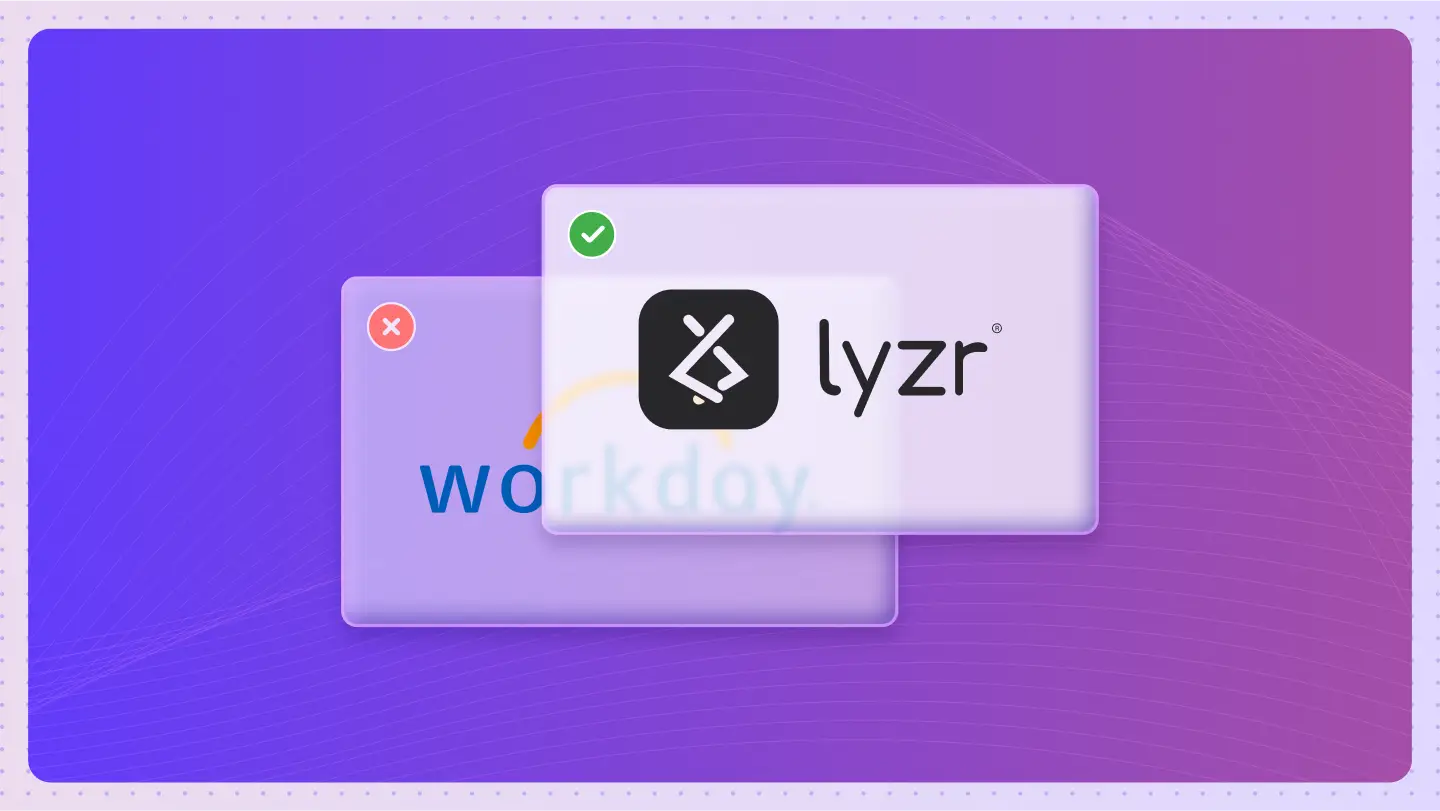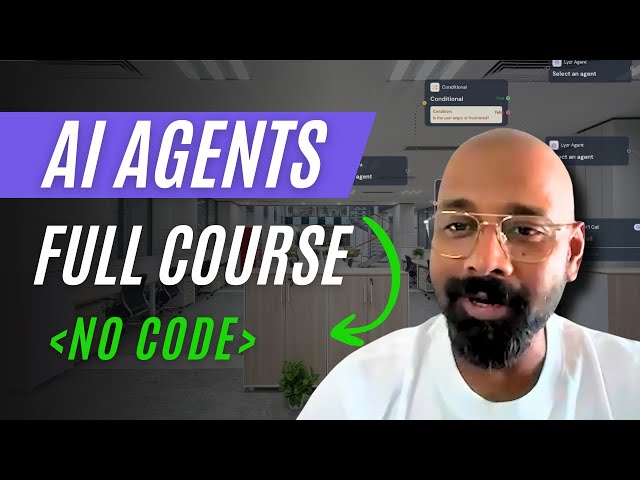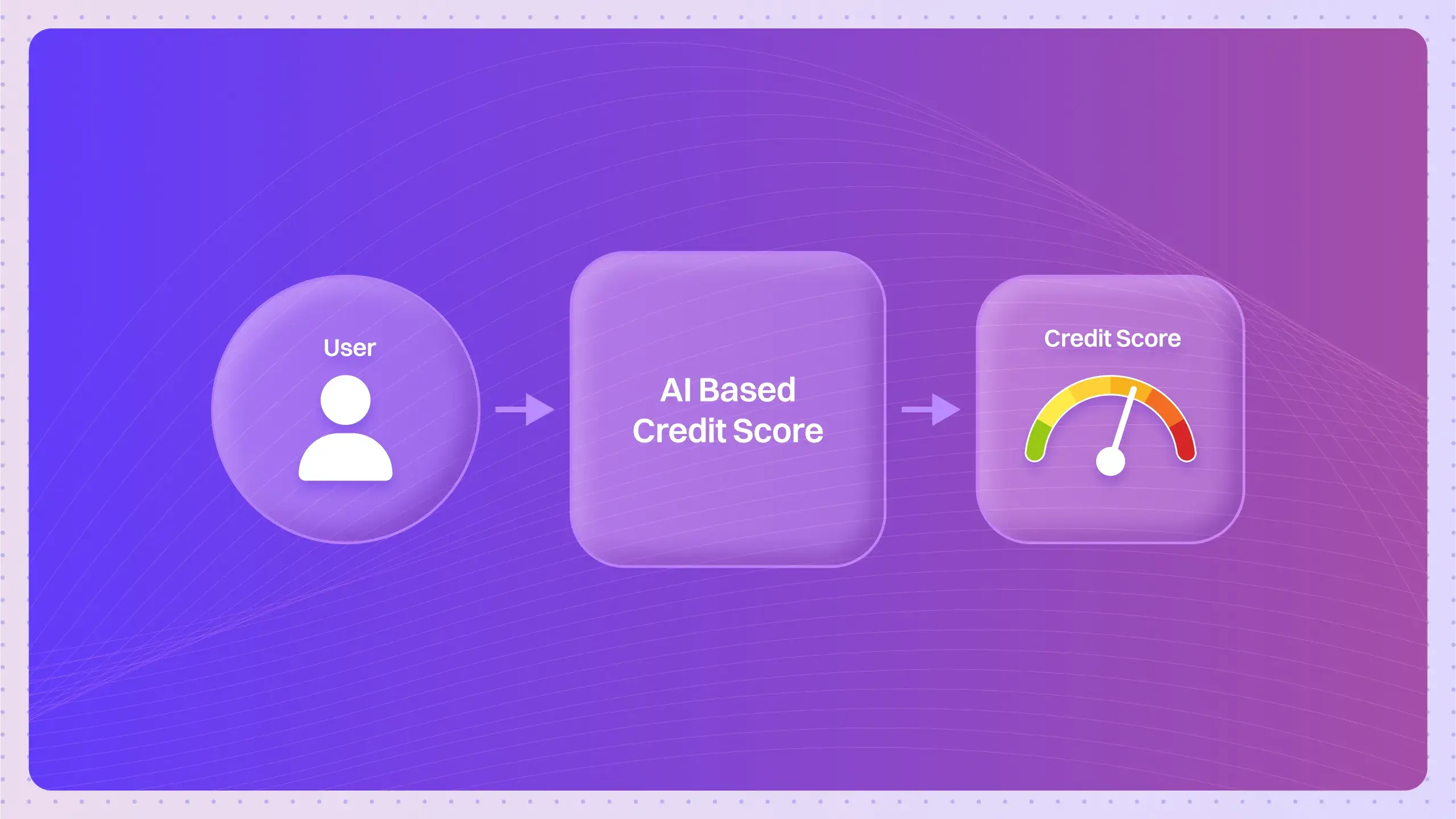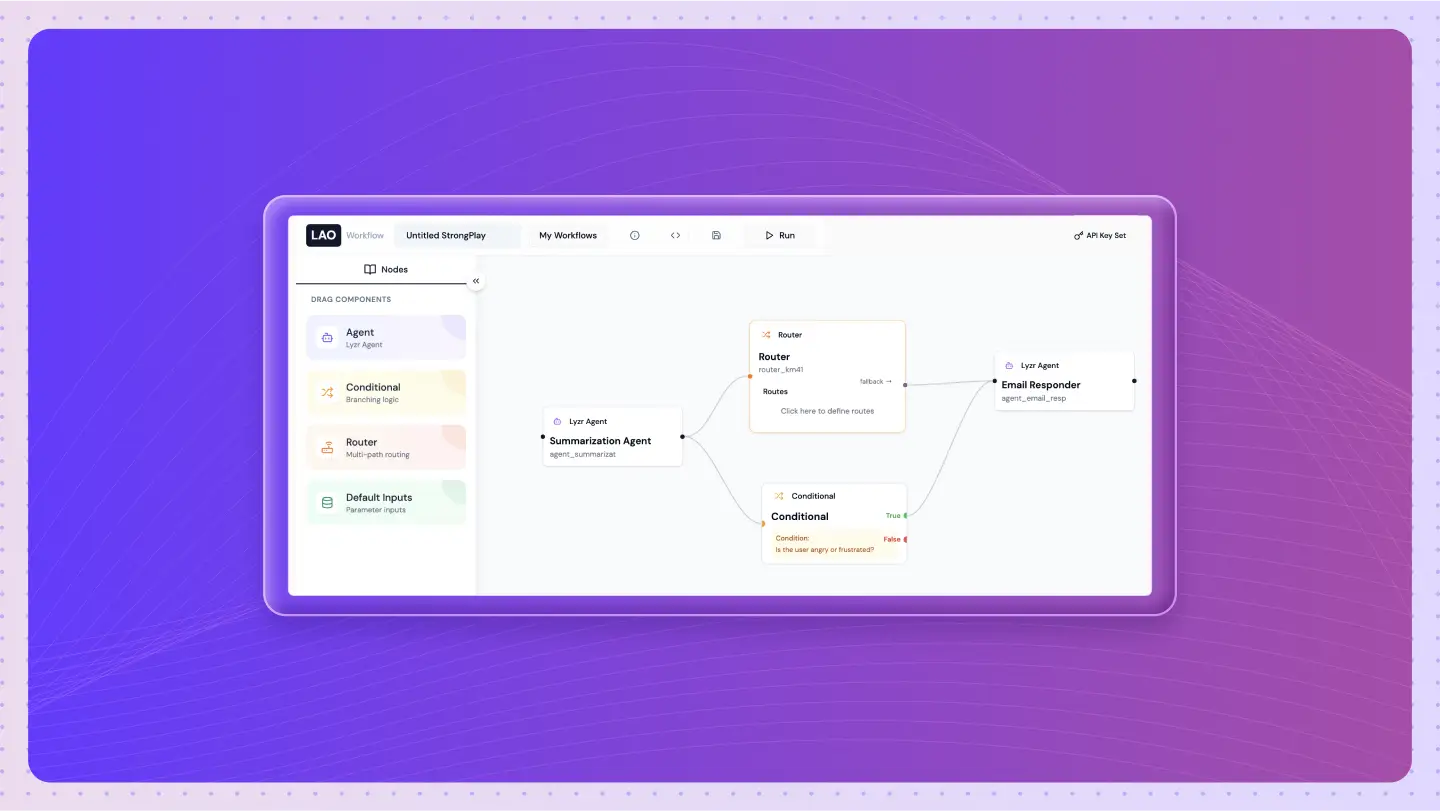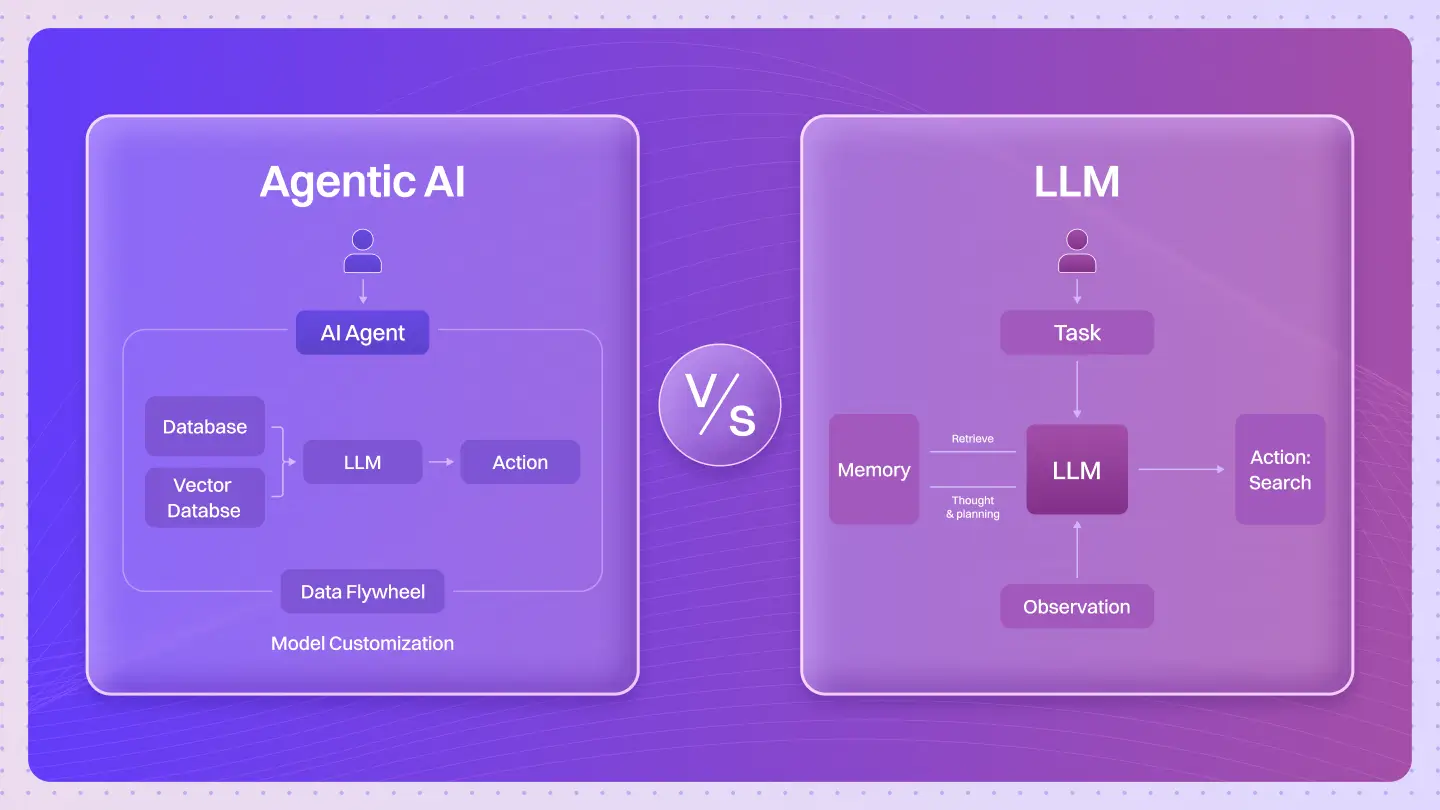In many digital interactions, a fraction of a second is the difference between success and failure.
This is where speed becomes the entire game.
Low Latency AI Agents are AI agents specifically engineered to respond and make decisions in near real-time with minimal delay. They are built for time-sensitive applications where speed is critical to functionality and user experience.
Think of them like emergency responders who must make split-second decisions.
A paramedic can’t afford to deliberate for minutes during a cardiac arrest.
Similarly, these agents are optimized to provide near-instantaneous responses when milliseconds matter.
This isn’t just about convenience; it’s about enabling entirely new capabilities, from collision avoidance in a car to executing a life-saving trade in a volatile market.
What are Low Latency AI Agents?
They are AI systems obsessed with the clock.
Latency is the technical term for delay.
So, a low latency agent is a low delay agent.
Every component, from the data intake to the final action, is streamlined for speed.
This isn’t an afterthought.
It’s the core design principle.
These agents are designed to process information as it arrives, in a continuous stream, rather than collecting it into batches for later analysis. This is a fundamental difference from many standard AI systems that prioritize throughput over immediate response.
Why is low latency crucial for certain AI applications?
Because the real world doesn’t wait.
In many scenarios, the value of a decision decays rapidly over time.
- Autonomous Driving: A self-driving car, like a Tesla, must process camera feeds and react to a pedestrian stepping onto the road in milliseconds. Any delay is unacceptable.
- High-Frequency Trading: Trading Firms use agents that execute trades in microseconds. The first agent to react to new market data wins.
- Interactive Entertainment: In a competitive online game from a company like Riot Games, an AI-controlled opponent must react to a player’s move instantly to feel believable and challenging.
In these cases, a slow response is a failed response.
How are Low Latency AI Agents technically implemented?
You can’t just tell an AI to “be faster.”
Achieving low latency requires a toolkit of specialized engineering techniques.
It involves optimizing the model, the software, and the hardware it runs on.
The goal is to make the agent smaller, simpler, and closer to the action.
What are the tradeoffs involved in developing Low Latency AI Agents?
The primary tradeoff is speed versus accuracy.
A larger, more complex AI model might be slightly more accurate, but it will be slower.
A low latency agent often uses a smaller, more streamlined model.
It’s a calculated sacrifice.
For a self-driving car, it’s better to make a 99.9% accurate decision now than a 99.99% accurate decision two seconds from now.
The engineering challenge is to shrink the model and reduce latency without a meaningful drop in performance.
Which industries rely most heavily on Low Latency AI Agents?
Any industry where real-time interaction is key.
- Finance: For algorithmic trading and real-time fraud detection.
- Automotive: For autonomous driving and advanced driver-assistance systems (ADAS).
- Telecommunications: For dynamic network routing and resource allocation.
- Online Advertising: For real-time bidding on ad placements.
- Gaming and AR/VR: For responsive NPCs and immersive experiences.
What distinguishes Low Latency AI Agents from standard AI systems?
The core architectural priority.
Standard AI agents often prioritize comprehensive analysis over speed. They might collect large amounts of data and run complex calculations to find the absolute best answer.
Low latency agents are different.
They sacrifice some of that analytical depth for a good-enough answer right now.
They are also distinct from batch-processing AI systems, which wait to handle requests in large groups. A low latency agent deals with each piece of input the moment it arrives.
What technical strategies are used to minimize AI agent latency?
Making an agent fast isn’t a single step; it’s a multi-layered optimization process. The core isn’t about general coding, it’s about specialized techniques to shrink the time from input to action.
- Model Distillation: This is like a senior expert teaching a junior apprentice. A large, complex “teacher” model trains a smaller, faster “student” model to replicate its behavior. The result is a compact model that runs much quicker.
- Quantization: This is about reducing the model’s “vocabulary.” Instead of using highly precise 32-bit numbers for its calculations, quantization converts them to less precise 8-bit or 4-bit numbers. This drastically reduces the computational load and memory usage.
- Hardware Acceleration: This means running the agent on specialized computer chips designed for AI. Instead of a general-purpose CPU, you use Graphics Processing Units (GPUs), Tensor Processing Units (TPUs), or FPGAs that can perform AI calculations orders of magnitude faster.
Quick Test: Match the speed-up trick to the task.
- An AI agent needs to run on a low-power smartphone camera for real-time object detection.
- A massive language model at a data center needs to serve millions of users with quick chatbot responses.
- A financial firm wants to create a super-fast version of their proprietary trading model without rebuilding it from scratch.
Which technique is best for each? (Quantization, Hardware Acceleration, Model Distillation)
Answer: 1. Quantization (for low-power devices), 2. Hardware Acceleration (for data center scale), 3. Model Distillation (to create a faster version of an existing model).
Deep Dive: More Questions on Speed and AI
How do edge computing strategies enable Low Latency AI Agents?
Edge computing means running the AI agent directly on the device where the data is generated (like a phone or a car) instead of sending data to a distant cloud server. This eliminates network delay, which is often the biggest source of latency.
What role does hardware acceleration play in achieving low latency?
It’s crucial. Specialized chips like GPUs and TPUs have thousands of cores designed to perform the parallel math operations common in AI, making inference (the process of making a decision) incredibly fast compared to a standard CPU.
How do model compression techniques impact the accuracy-latency tradeoff?
Techniques like distillation and quantization directly manage this tradeoff. The goal is to find the “sweet spot” where the model is small and fast enough for the application, but still accurate enough to be reliable.
What networking considerations are critical for distributed Low Latency AI Agents?
For agents that aren’t on the edge, the network is everything. This involves using high-speed protocols (like UDP instead of TCP), optimizing data packet sizes, and locating servers geographically close to users to minimize physical distance.
How do real-time operating systems (RTOS) support Low Latency AI applications?
An RTOS is an operating system that guarantees a task will be processed within a specific time deadline. In safety-critical systems like cars or robotics, an RTOS ensures the AI agent’s computations are prioritized and never delayed by other system tasks.
What is the relationship between model size and inference latency?
It’s a direct relationship. A larger model has more parameters, which means more calculations are needed to produce a result. All else being equal, doubling the size of a model will significantly increase its latency.
How can organizations benchmark and test the latency of their AI agents?
By measuring end-to-end latency. This means timing the entire process: from the moment a sensor captures data to the moment the agent takes an action. They use profiling tools to break down this time and identify bottlenecks in the data preprocessing, model inference, or action-execution stages.
What emerging technologies are pushing the boundaries of AI agent latency?
Neuromorphic computing, which designs chips that mimic the brain’s structure, and new optical computing methods promise to reduce latency even further. Additionally, ongoing improvements in software optimization and AI-specific hardware continue to chip away at milliseconds.
The future is fast. As our physical and digital worlds merge, the demand for agents that can think and act at the speed of reality will only grow.



